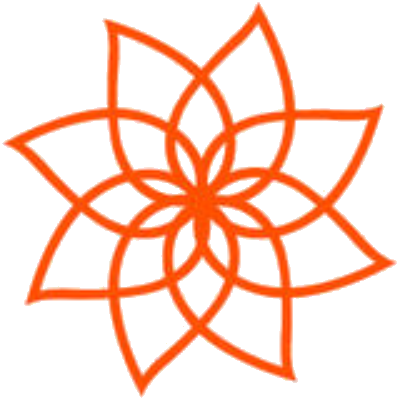An Introduction to Movement Meditation
With poetic logic, Albert Einstein once said that “Nothing happens until something moves.” In other words, movement is baked into the very foundation of everything. We move through space. We move through life.
People move for all sorts of reasons, with fitness and health at the top of the list for most. However, when you bring your attention to the movements of life, that is, when you meditate, the possibilities for transformation and profound learning and change magnify exponentially.
In the view of classical physics, things move only because they are acted upon by “outside” forces. Now we know that even observing a subtle process changes what we observe. Modern physics accepts that every quantum event is simultaneously a particle-and-a-wave.
The fundamental importance of movement is acknowledged by wisdom traditions around the world and down the ages.
“The Dao is like movement.” Tai Chen
“The gods of creation are dancers.” Rig Veda
“For everything there is a season.” Ecclesiastes 3:1
A movement meditation can be large, strong, fast, and expressive. It can also be small, gentle, and slow, and ask you to listen to subtleties. Some systems of movement meditation emphasize moving on purpose and others emphasize being moved. In other words, you can meditate upon movement and/or use movement to assist your meditations.
Here are some of the possible focuses for movement meditation. You can meditate on:
- moving through space
- the movements of the natural world
- how movement moves through you
- the movements of your inner conversation
- the movements of your emotions and experience
- the movements of the happenings in the social world
- the movements of your semi- and non-conscious worlds
- the MOVEMENT that moves everything to move
In keeping with the quantum nature of the universe, movement-and-form imply each other. Some systems emphasize working within the structures or form of the movement. Others look at spontaneity and form creativity as central.
You can practice being still to observe the movements within and without. You can practice moving in order to find the core or heart of stillness.
What we then choose to do with the insights and energies evoked and/or generated by a movement meditation is our next question. Do they remain in this special partition of your life or do they spread and influence specific arenas of life or do they spread more generally to the totality and beyond?
To make sense of the movements of life, many ancient traditions use paradigms and models that in English are translated as “energy.” The Hindu traditions often use the term Shakti, that without which nothing happens. This refers to the feminine aspect of the Divine. In ancient China, they spoke of the Dao that you walk and of qi, a paradigm of configured energies that was simultaneously spiritual, physical, and psychological.
All these many ways of attending to the movements of life, things, people, and events share something very important. In the words of the pioneering modern dancer, Martha Graham, “Movement never lies.”
If your practice is successful, with whichever variation of movement meditation you choose, something begins to happen. It is not necessarily flashy. It’s just that the situations you encounter, the people you meet, and even the everyday moments have more dimensionality to them.
You might begin to sense that your normal, taken for granted habits of making sense of things are feeling a bit too stuffy. Opening the windows of your mind to movement-as-an-idea reveals alternative ways of interpreting even your old memories.
And when you can think in movement as well as in the more particle (objects, substances) mode of thinking in which you were trained, limits take on new meanings.
Enjoy your adventures!
About the Author
Stuart Heller is the author of Retooling on the Run: Real Change for Leaders with No Time and founder of Walking Your Talk, a global consulting and training company.Stuart’s specialty is working with presence, power, conflict, and influence. With more than 40 years of serious study in Western systems science and the Asian classics, he is at the cutting edge of multiple disciplines: martial arts, education, meditation, scientific systems thinking, computer programming, somatology, Chinese medicine, and psychology. He holds PhDs in Psychology and Health Systems Science. You can find more at http://www.walkingyourtalk.com/.
You Might Also Like Our Content on These Topics: Walking Meditation, Meditation




